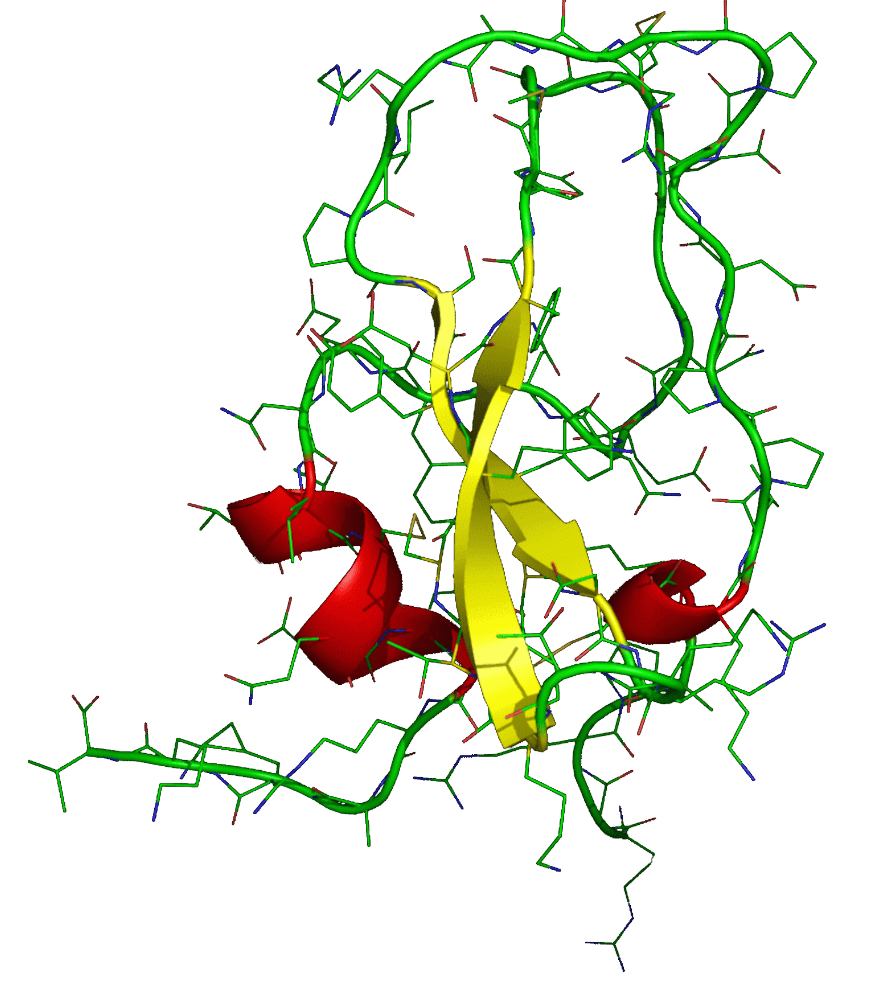Products
BIOX-101
Unique mechanism of action of BIOX-101

BIOX-101 (scientific name: Ir-CPI) is a recombinant version of a small protein found in the saliva of the tick (Ixodes ricinus). Ticks have developed sophisticated mechanisms enabling them to feed on the blood of their hosts. Tick saliva contains various bioactive substances which overcomes the host’s immune defenses so as to avoid detection, and prevents blood clotting.
BIOX-101 displays a powerful dual mode of action that tackles thromboinflammation at its root. Firstly, it inhibits neutrophils - a type of white blood cells - and the formation of the Neutrophil Extracellular Traps (NETs). Neutrophils are the first responders of the immune system, but they can also cause damaging secondary effects after a stroke, such as swelling of the brain, tissue damage and neuronal death.
Secondly, BIOX-101 has an antithrombotic effect through its interaction with upstream blood coagulation factors (FXIa/FXIIa) of the intrinsic pathway. Critically, it does so without increasing the risk of bleeding.
The combination of these anti-inflammatory and antithrombotic properties makes BIOX-101 a promising candidate for a range of thrombo-inflammatory diseases, starting with hemorrhagic stroke.



